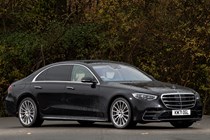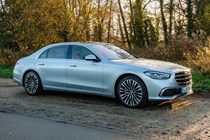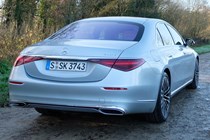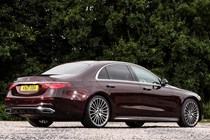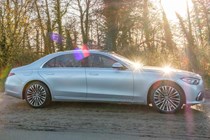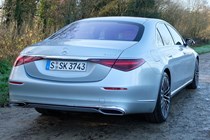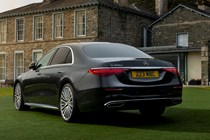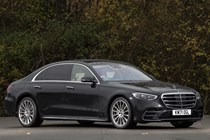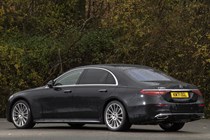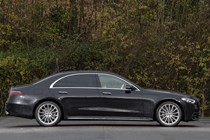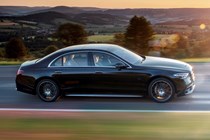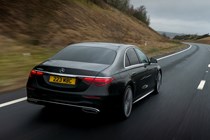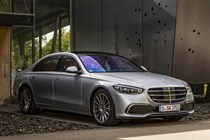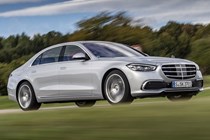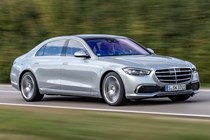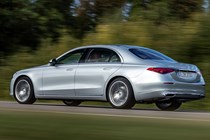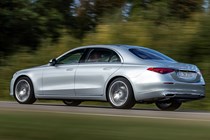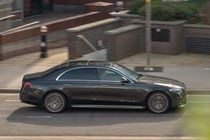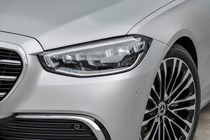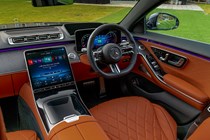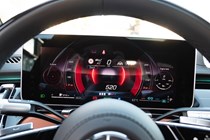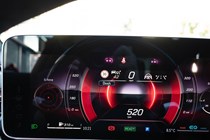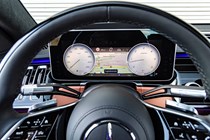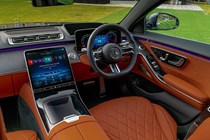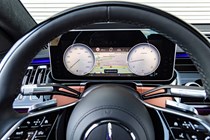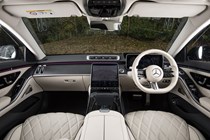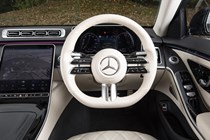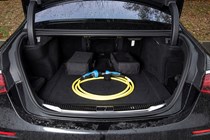
Mercedes-Benz S-Class running costs and reliability

Miles per pound (mpp) ⓘ
| Petrol engines | 2.9 - 5.1 mpp |
|---|---|
| Diesel engines | 4.8 - 5.8 mpp |
| Plug-in hybrid petrol engines * | 4.8 - 5.2 mpp |
Fuel economy ⓘ
| Petrol engines | 20 - 34.9 mpg |
|---|---|
| Diesel engines | 37.7 - 45.6 mpg |
| Plug-in hybrid petrol engines * | 32.8 - 35.3 mpg |
- Plug-in hybrid looks worth waiting for
- Diesels not much more economical than petrol
- Servicing and maintenance will be expensive
How much does it cost to run?
If you’re going to be clocking up big miles in your Mercedes-Benz S-Class, then the diesel S350 d is the model to go for to minimise your fuelling costs. But it should be worth noting that the difference in consumption over a petrol model is no longer as significant as it was a few years ago.
Fuel economy for the S350d ranges between 40.4mpg and 42.8mpg in the real-world WLTP Combined test. The S400d is slightly less economical between 37.7-38.7mph, while the S500 brings up the rear at between 32.8-34.9mpg. If CO2 emissions are important, the difference between diesel and petrol has really closed up – but it makes no difference for tax purposes. Business users can expect a 37% BiK tax rate on all S-Class models currently available for the 2021/22 tax year.
Of course, the S580e plug-in hybrid is where it’s at if you want to be the most tax-efficient while getting (potentially) the best fuel consumption. The combined WLTP fuel consumption is an intriguing 223.2mpg and CO2 emissions are 56g/km – unlikely, yes, but keep the batteries topped up, do shorter trips and you’ll rarely need fuel. We saw around 50mpg combined achieved on a series of long runs with occasional charging.
View detailed MPG and CO2 figures on the Mercedes-Benz S-Class specs pages
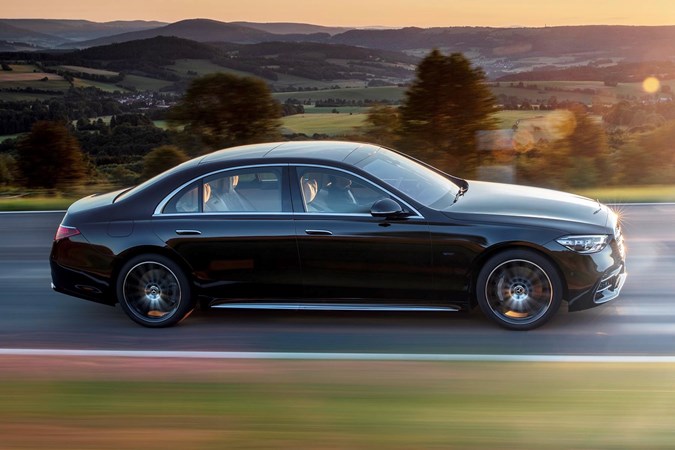
Servicing and warranty
Servicing intervals for the S-Class are every 12 months or 15,500 miles – whichever comes sooner. A range of service packs are available, and can be passed on if the vehicle is sold to a new owner.
Every new S-Class comes with a comprehensive three-year, unlimited mileage warranty from the manufacturer, along with three years roadside assistance. Compared with up-to 10 years offered by rivals, Mercedes-Benz’s warranty is off-the pace.
Reliability
- Quality and reliability score well with owners
- No recalls listed for current-generation models
- Cutting-edge kit could eventually be costly to fix
The overall quality and reliability of the S-Class aren’t really an issue. The previous-generation S-Class’s reliability was highly rated, and history seems to be repeating itself.
It will be worth keeping an eye on the fancy interior as time goes on, however, as the array of high-tech components offering plenty of potential for things to go wrong.
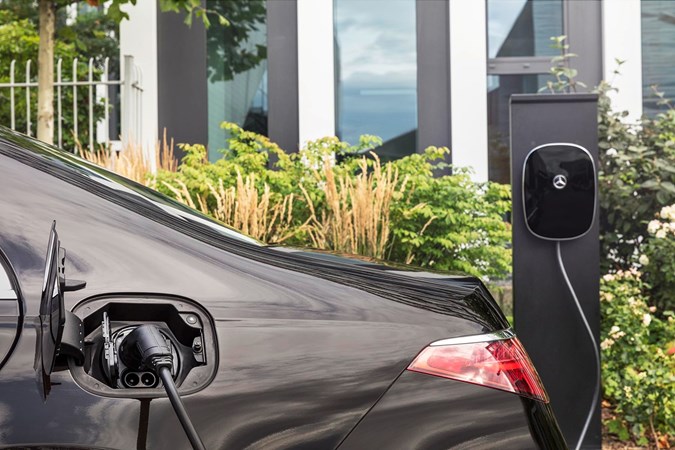
Ongoing running costs
| Road tax | £620 |
|---|---|
| Insurance group | 50 |
Get an insurance quote with

|
|


